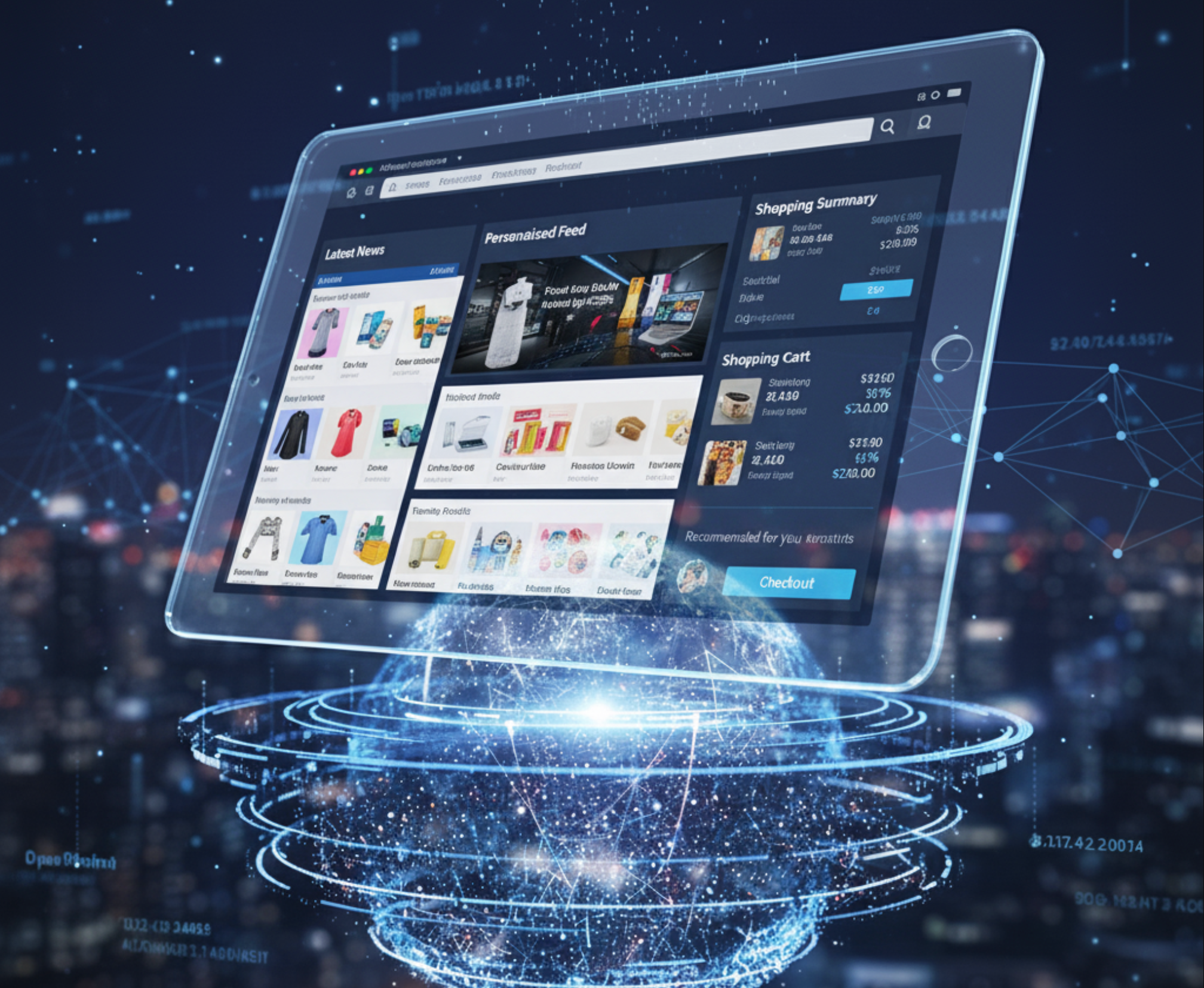
Click-through rate (CTR) is one of the most vital metrics for eCommerce success. It measures how often people click on your ads, emails, or website elements compared to how many times they see them. A higher CTR means your campaigns are engaging and relevant, while a low CTR indicates your message is failing to connect.
But in today’s crowded digital landscape, simply sending out generic messages no longer works. Customers are overwhelmed with marketing emails, ads, and pop-ups every day. To stand out, eCommerce businesses must deliver messages that are personalized, relevant, and timely. That’s where personalization comes in.
Personalization in eCommerce involves using customer data, such as browsing history, purchase behavior, location, or demographics, to create experiences tailored to each individual. Done right, personalization doesn’t just improve customer satisfaction, it significantly boosts CTR by encouraging users to engage more deeply with your brand.
Let’s explore in detail how personalization increases CTR in eCommerce marketing and why it’s a must-have strategy for modern online stores.

One of the most effective personalization tactics is showing customers the products they are most likely to buy. Instead of offering the same set of products to everyone, brands can use browsing history, wishlist data, or purchase patterns to recommend relevant items.
For example, if a shopper spent time viewing running shoes but left without purchasing, sending them a follow-up email featuring the exact shoes plus complementary items like athletic socks or water bottles greatly increases the chance of a click.
Why it works: Customers feel like the store “understands” their needs, and the recommendations reduce decision fatigue. This relevance leads to higher engagement and click-through rate.
Best practices:

Email marketing remains one of the most powerful channels for eCommerce, but generic blasts often go unopened. Personalization changes that. By addressing customers by name, tailoring subject lines, and curating product selections based on their interests, brands can dramatically improve CTR.
For instance, an email with the subject line “Alice, your favorite sneakers are back in stock!” feels far more engaging than “Shop our new arrivals.” Likewise, sending cart abandonment emails with images of the exact items left behind can nudge customers to click and complete their purchase.
Why it works: Personalized emails feel more like helpful reminders than sales pitches. Customers are more likely to open, engage, and click through when the content is relevant to them.
Best practices:

Websites are dynamic platforms that can adapt to each visitor. Personalization allows eCommerce stores to display different banners, promotions, or product collections depending on the user.
For example, a new visitor might see a banner highlighting “Best Sellers” to build trust, while a returning customer could see a personalized discount on items they viewed earlier. Similarly, shoppers who browsed women’s clothing may see a homepage filled with dresses and handbags instead of men’s apparel.
Why it works: Customers see what matters most to them instantly, without needing to browse extensively. This targeted approach naturally increases clicks on featured content and products.
Best practices:
Personalization also extends to location-based and demographic targeting. By tailoring campaigns to customers’ specific regions or characteristics, brands can make their messaging feel highly relevant.
For example, promoting heavy coats in Canada during December will get more clicks than showing them in Singapore. Similarly, targeting younger shoppers with trendy fashion styles while offering classic pieces to older age groups ensures your ads resonate better.
Why it works: When ads or promotions align with a shopper’s lifestyle, climate, or cultural context, they are far more likely to spark interest and encourage clicks.
Best practices:
Not every shopper converts on the first visit, but personalization through retargeting keeps your brand top of mind. Retargeting ads, abandoned cart emails, and personalized pop-ups remind customers about the products they showed interest in.
For example, a customer who viewed a specific handbag but didn’t purchase it might later see a retargeting ad offering 10% off that exact bag. This “nudge” often increases click-through rates because it feels timely and relevant.
Why it works: Retargeting leverages intent. Customers are already interested in the product; personalization gives them the final push to click and buy.
Best practices:
Beyond emails and ads, personalization can improve CTR directly on your eCommerce site. By analyzing behavior in real time, stores can deliver tailored pop-ups, product bundles, or special offers.
For example:
Why it works: Customers see value that is specific to them, not generic. This sense of exclusivity encourages immediate engagement.
One often-overlooked benefit of personalization is trust. When customers feel recognized and valued, they perceive the brand as more customer-centric. Instead of feeling like just another number, they feel like the store understands their needs.
For instance, Spotify’s “Discover Weekly” playlists or Amazon’s “Recommended for You” section create a sense of familiarity. This emotional connection not only increases CTR but also builds long-term loyalty.
Why it works: Trust reduces hesitation. If customers feel that a brand consistently provides value through personalized interactions, they are more likely to engage and click.
Best practices:
Personalization is no longer optional in eCommerce as customers expect brands to understand their preferences and deliver relevant experiences. By implementing strategies such as product recommendations, personalized emails, dynamic website content, behavioral retargeting, and localized targeting, eCommerce businesses can significantly boost CTR.
Higher CTR means more engaged customers, more qualified traffic, and ultimately, higher sales. Personalization transforms your marketing from being “one of many” to being the one that matters most to each customer.
If your eCommerce store isn’t leveraging personalization yet, now is the time to start. Begin small, with personalized emails or retargeting campaigns, and gradually expand to dynamic website experiences and advanced segmentation. Over time, you’ll see not just better CTR, but stronger customer relationships that drive long-term growth.